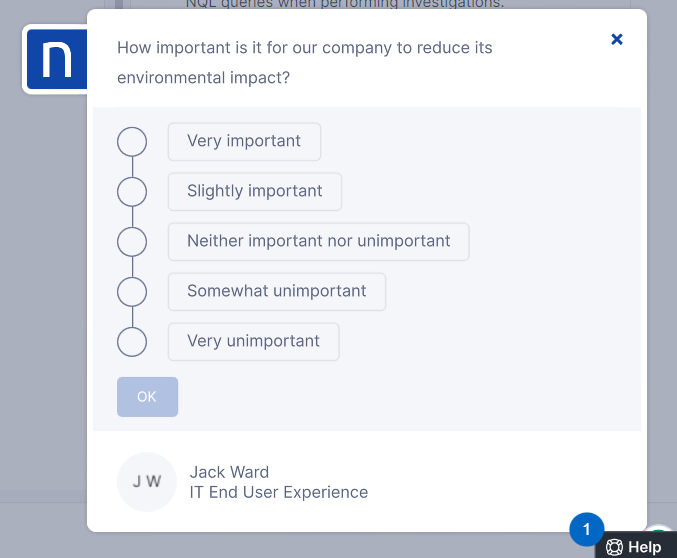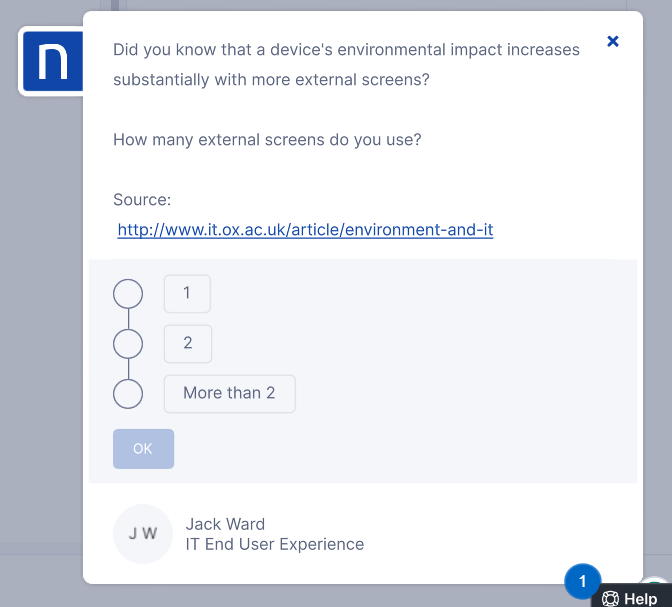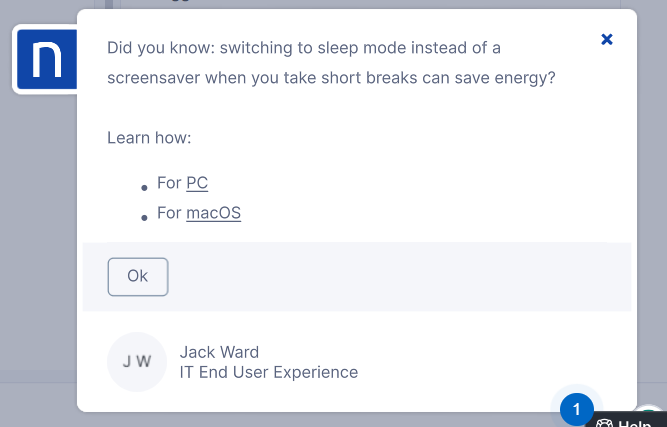Technology is central to enterprise business strategy today – that goes without saying. From customer experience to ESG goals, digital technology plays a central role in in the day-to-day and strategic objectives of the modern enterprise. Emerging technologies are driving innovation every day. When it comes to adopting new technologies, whether it’s adopting new SAAS solutions or implementing AI, an IT change management approach needs to incorporate the business side of change management. It’s critical for IT leaders to understand the human side of technological adoption. When we hyper-focus on the impact of our technology, it’s easy to overlook a crucial aspect that can truly propel organizations towards success—driving employee behavior change.
As IT professionals, you possess the expertise to implement cutting-edge solutions, streamline processes, and optimize infrastructure. But amidst the constant pursuit of technical excellence, it’s essential to recognize that the success of any digital initiative ultimately hinges upon the people using it. That’s the core of the DEX philosophy, and for us at Nexthink, the key to driving successful transformation at all levels of the enterprise.
Whether you’re trying to encourage more sustainable technology habits or simply trying to get users to change their passwords, without a focus on transforming human behavior, you may find your project hindered by underutilized systems, low adoption rates, and resistance to change.
How can you encourage behavior change at your organization?
We share the three steps we use when designing our employee engagement tool to create positive behavior change at the enterprise level.
Step 1: Start with a baseline: get a clear view of current understanding or perception

Before you begin any digital transformation project where you want to initiate a behavioral change, you need to understand your baseline. Maybe all your employees are ready and waiting for the change – or perhaps they have no understanding of the new process, or no awareness of why change is necessary.
You won’t know how much prep work you need to do until you set a baseline and get an understanding of your employees’ awareness and readiness for change.
This process is also a vital opportunity to begin changing perception and creating consensus around the project. Behavior change is easiest to create when the change is important to the user. The more you can show employees how this project will benefit them, or connect the project to their personal values, the likelier you are to find success.
Connecting to values is particularly effective, though some people might think it’s less important than a clear personal benefit, because it makes people resilient to the friction of change. We are much more likely to want to make a change because its meaningful, and we’re much more willing to put up with some growing pains as a result, if it’s important to us, not just helpful in the long run.
Whether it’s within an enterprise or in your personal life – if you want to make behavior change easy, you need to understand why the change is important.
For IT, this means sharing the reasoning behind change, instead of simply requesting or mandating change. If you can help employees understand why you are making a change, your project will be more successful.

Let’s take the example of our Sustainable IT Library Pack. This library pack includes a series of Engage campaigns designed to promote behavior change within your organization around key sustainable initiatives, such as device battery life or cloud storage.
If we were just checking boxes to say “project complete,” the most expedient way to get the message out would be to send a simple Engage campaign asking employees to shut down their devices at the end of the day to save power. However, the probability of that single campaign having a high impact is quite low. Employees can easily click “yes okay” but decide later they don’t really want to close those 27 tabs they have open, so they won’t restart today. They’ll do it tomorrow.
What if there is a better way to engage employees and get them onboard with this new behavior? We begin by sending a campaign to establish a baseline – we ask how important sustainable IT is to them. This message has a dual purpose: it allows us to collect information on how engaged our employees are in sustainable IT, while also connecting to potential employee values – making employees feel more committed to the upcoming project.
Step 2: Make behavior change as easy as possible
It’s very common for people to be resistant to change, after all, change can feel like extra work! Most people can relate to wanting to make a change in life, whether it’s getting up earlier to go to the gym or picking up a new book, and getting stuck on something that we know will feel good after we’ve done it. As a change leader, it’s important to try and reduce friction to make change as easy as possible.
There are two common ways we make behavior change as easy as possible with Nexthink Engage campaigns.
The first is through self-healing campaigns. These campaigns require the lowest lift from employees – the change happens in the background of the machine and the employee simply needs to confirm acceptance or reboot the computer. This is where the why comes in: if the employee understands why the change happened, they will be faster to hit accept or reboot.
The second type of Engage campaign is our self-help campaigns. These make it easier for the end user to take the action they want to take. With these campaigns, you can provide information, a quick link, or a tutorial and put the power in the employees’ hands to take action.
For example, in our Sustainable IT solution, we give IT the option to send out engage campaigns which include resources related to sustainable IT. These campaigns put the information into the employees hands, so they can self educate and understand why their actions are important and how to implement them.

Let’s say you’re asking employees to shut down their device at the end of the day – instead of simply asking the employee to do so, we share the environmental impact of leaving a computer on. When it comes to changing settings to options that will save energy, we include links to tutorials. When employees feel empowered to take action, understand why you’re asking them to do something, and feel the process has been made easier, they are more likely to do it.
Step 3: Close the Loop – share the results to encourage further change
Once you’ve achieved results from your project you need to share the results with the participants. Whether this is for sustainable IT, adoption of a new software solution or OS, or other initiative – sharing results helps participants feel like they were part of something bigger than themselves, and participants who are falling behind may feel pressure to finally take action, thus increasing your success rate.

In the case of sustainable IT, sharing results is a huge way to get more employees on board with the initiative. If you can show a measurable reduction in energy consumption or corporate carbon footprint from employee actions – employees may feel encouraged or energized to continue making positive sustainability changes to their daily work habits. It can be difficult to feel that individual actions are meaningful, so seeing how collective actions add up can break the cycle of apathy and give people a feeling of agency against what can feel like overwhelming odds. When it comes to sustainable IT, seeing an impact reduces the climate fatigue that can make people feel like small actions are pointless.
Behavior Change is in IT’s Hands
In conclusion, as IT professionals, you have the ability to influence the behavior of employees – if you do so in an empathetic way that relates to fellow employees as humans, not as binaries. By recognizing the significance of behavior change and prioritizing it alongside technical implementations, you can unlock the full potential of your investments, empower employees, mitigate security risks, and foster a culture of collaboration and innovation.
To learn more about how Nexthink encourages sustainable IT at the enterprise level, check out our Sustainable IT Solution.
Related posts:
- The DEX Show | Podcast #14 – The 5 Worst Things About Working in IT
- The DEX Show | Podcast #8 – Remote-Work Wireheading w/ Tom Goodwin
- The DEX Show | Podcast #7 – A Human Approach to the Future of Work w/ Paul Hardy
- The DEX Show | Podcast #9 – The Three Magic Kings w/ Nexthink’s Founders